The crocodile’s bite is legendary, often described in superlatives and featured prominently in nature documentaries showcasing these ancient predators. But what exactly makes this bite so formidable? Behind those powerful jaws lies an extraordinary combination of specialized anatomy, evolutionary adaptations, and biomechanical efficiency that has helped crocodilians thrive for over 200 million years. From the precision of their dental arrangement to the raw crushing power generated by specialized muscles, the crocodile’s bite represents one of nature’s most effective hunting tools. This article delves into the fascinating science behind what makes the crocodile’s bite not just powerful, but one of the strongest in the animal kingdom.
The Record-Breaking Bite Force

When scientists measure bite force, crocodiles consistently top the charts among living animals. The saltwater crocodile (Crocodylus porosus), the largest living reptile, generates a bite force that can exceed 3,700 pounds per square inch (psi) at its back teeth. To put this in perspective, this is more than 10 times the bite force of a large dog and over twice that of a great white shark. Researchers use specialized devices called bite force transducers to obtain these measurements, often attaching them to specially designed steel rods that the animals bite down on. These incredible measurements demonstrate why crocodiles can easily crush bones, turtle shells, and other tough materials that would defeat the dentition of most other predators.
Evolutionary Origins of the Powerful Bite

The devastating bite force of modern crocodilians is the product of over 200 million years of evolutionary refinement. Their ancestors, the archosaurs, split into two major lineages: one leading to dinosaurs and eventually birds, and the other to crocodilians. Throughout this long evolutionary history, crocodiles have maintained and enhanced their bite mechanics while other aspects of their anatomy remained relatively conservative. Fossil evidence shows that even prehistoric crocodile relatives had specialized jaw structures adapted for powerful biting. This evolutionary consistency highlights how central the powerful bite has been to the crocodilian survival strategy, allowing these ambush predators to thrive in aquatic environments where quick, decisive kills are essential for hunting success.
Jaw Anatomy: The Foundation of Power

The crocodile’s jaw is a masterpiece of biological engineering specifically designed for maximum force generation. Unlike mammals, which have complex jaw joints allowing for side-to-side movement, crocodiles have a simple hinge joint that only moves up and down, concentrating all muscular effort into a single crushing motion. Their skull structure features expanded areas where jaw muscles attach, providing greater leverage than most other vertebrates. Additionally, the shape of the crocodile’s snout influences bite force, with shorter, broader snouts (like those of the American alligator) generating more power than the longer, narrower snouts of gharials. This specialized anatomy explains why crocodiles can exert tremendous pressure despite their relatively compact skull size compared to some larger mammalian predators.
The Muscle Behind the Might

The exceptional bite force of crocodiles comes primarily from a set of specialized jaw muscles that are among the most powerful in the animal kingdom. The largest and most significant is the pterygoideus muscle, which attaches to the lower jaw and the back of the skull, providing tremendous closing force. Complementing this is the temporalis muscle, which extends from the skull to the coronoid process of the lower jaw. Together, these muscles occupy a substantial portion of the crocodile’s head volume, with some species dedicating up to 50% of their cranial mass to bite-generating musculature. What’s particularly remarkable is that while the muscles for closing the jaw are extraordinarily powerful, those that open the jaw are comparatively weak – so weak that a human can hold a crocodile’s mouth shut with their bare hands, though this would be extremely dangerous to attempt.
Dental Weaponry: Beyond Just Biting

Crocodile teeth are specialized tools that complement their extraordinary bite force to create a lethal hunting apparatus. Unlike mammalian teeth with varied forms for different functions, crocodiles possess conical, pointed teeth of uniform shape but varying sizes, designed primarily for gripping and crushing rather than chewing. Most species have between 60-110 teeth arranged in their jaws, with new teeth continuously developing throughout their lifetime to replace those that are lost or damaged. The largest teeth, often found near the front of the jaw, can exceed 5 inches in length in large saltwater crocodiles. When combined with the tremendous pressure generated by the jaw muscles, these teeth easily puncture tough hides, crush bones, and maintain an inescapable grip on prey, making the crocodile’s bite not just powerful but precisely weaponized for their predatory lifestyle.
Size Matters: How Growth Affects Bite Force

The relationship between a crocodile’s size and its bite force follows a predictable but impressive trajectory. Bite force increases exponentially rather than linearly as crocodiles grow, meaning that a crocodile twice as long doesn’t just bite twice as hard – it may bite four times as hard or more. This scaling effect explains why large, mature crocodiles possess such devastating bite capabilities compared to their younger counterparts. A newly hatched crocodile, typically around 12 inches long, may have a bite force of just a few pounds, while a fully grown 16-foot saltwater crocodile can exert several thousand pounds of pressure. This dramatic increase reflects both the increased muscle mass and the improved mechanical advantage that comes with larger skull dimensions, demonstrating why the largest crocodile species are capable of the most powerful bites in the animal kingdom.
Comparing Crocodiles to Other Powerful Biters

When ranking animal bite forces, crocodiles consistently claim the top position among living creatures. The saltwater crocodile’s bite force of approximately 3,700 psi far outstrips that of other renowned predators like the spotted hyena (1,100 psi), the jaguar (1,500 psi), or even the great white shark (estimated at 1,500-1,800 psi). The only animals that might have exceeded modern crocodiles were certain extinct species, such as the massive prehistoric crocodilian Deinosuchus or the enormous shark Megalodon, both of which may have produced bite forces exceeding 40,000 psi according to biomechanical models. Among modern crocodilians, there’s also variation – the broad-snouted American alligator typically produces greater bite force than the slender-snouted gharial, demonstrating how jaw shape influences power output even within related species.
The Death Roll: Amplifying Bite Effectiveness

The crocodile’s legendary bite becomes even more deadly when combined with their signature hunting technique: the death roll. After securing prey with their powerful jaws, crocodiles often execute a rapid rotating motion, spinning their entire bodies along their longitudinal axis while maintaining their bite grip. This rotation creates tremendous torsional forces that can dismember prey too large to swallow whole, effectively tearing off manageable chunks of meat. The death roll also serves to disorient prey and drown terrestrial animals captured at the water’s edge. Biomechanical studies have shown that this rolling behavior multiplies the effectiveness of the initial bite, as prey tissues are subjected to both crushing pressure and shearing forces simultaneously, making the combination of bite and roll one of nature’s most efficient killing mechanisms.
Specialized Hunting Tactics Utilizing Bite Force

Crocodiles have developed sophisticated hunting strategies that maximize the effectiveness of their powerful bite. Many species employ ambush techniques, lurking just below the water’s surface with only their eyes and nostrils exposed, waiting for prey to approach the water’s edge. When the moment is right, they explode from the water with surprising speed, using their powerful tails to propel them upward to secure prey with their devastating bite. Some crocodiles have even been documented using tools – Nile crocodiles have been observed balancing sticks on their snouts to lure nesting birds looking for building materials. Saltwater crocodiles are known to position themselves to intercept prey in tidal currents, using the water flow to aid their hunting efficiency. In each case, the extraordinary bite force serves as the critical final component in a well-orchestrated hunting sequence.
Sensory Systems That Guide the Bite

The precision of a crocodile’s bite is enhanced by specialized sensory organs that help them target prey effectively, even in murky water or complete darkness. Their bodies, particularly around the jaws, are covered with dome pressure receptors called integumentary sense organs (ISOs) or dome pressure receptors (DPRs), which can detect subtle pressure changes in water caused by moving prey. These sensors are so sensitive they can detect a single drop of water falling onto the surface several feet away. Additionally, crocodiles possess specialized neural pathways that process this sensory information with exceptional speed, allowing them to react almost instantaneously when prey is detected. Their exceptional night vision, specialized for low-light conditions, further complements these pressure sensors, enabling crocodiles to accurately position their devastating bite exactly where it will be most effective.
The Physics Behind the Force

From a biomechanical perspective, the crocodile’s bite represents a nearly perfect application of leverage principles. The jaw operates as a third-class lever system, with the jaw joint serving as the fulcrum, the jaw muscles providing the input force, and the teeth delivering the output force. The arrangement of muscle attachments relative to the fulcrum creates a mechanical advantage that multiplies the force generated by the muscles. Additionally, the crocodile’s relatively short, broad skull creates a more favorable lever arm ratio compared to animals with longer snouts. This mechanical efficiency is further enhanced by the unique structure of crocodilian muscle fibers, which contain higher densities of mitochondria than typical reptile muscles, allowing for greater force generation. The combination of these biomechanical and physiological adaptations explains how relatively modest-sized animals can generate such extraordinary bite forces.
Human Encounters with Crocodile Bites

Human encounters with crocodile bites are mercifully rare but frequently fatal when they do occur. Medical records of crocodile attacks show that victims often suffer catastrophic tissue damage, with bones crushed, muscles shredded, and major blood vessels severed by a single bite. Survival rates for direct attacks by large crocodiles are low, with the majority of fatalities resulting from blood loss, drowning during death rolls, or severe trauma to vital organs. Those who do survive often face extensive reconstructive surgery and permanent disability. First responders and wildlife officers who deal with crocodile attacks report that bite wounds from large specimens are among the most severe trauma patterns they encounter, often describing them as resembling high-velocity gunshot wounds or explosive injuries rather than typical animal bites, providing sobering testament to the extraordinary force these animals can generate.
Conservation Implications of Apex Predator Status
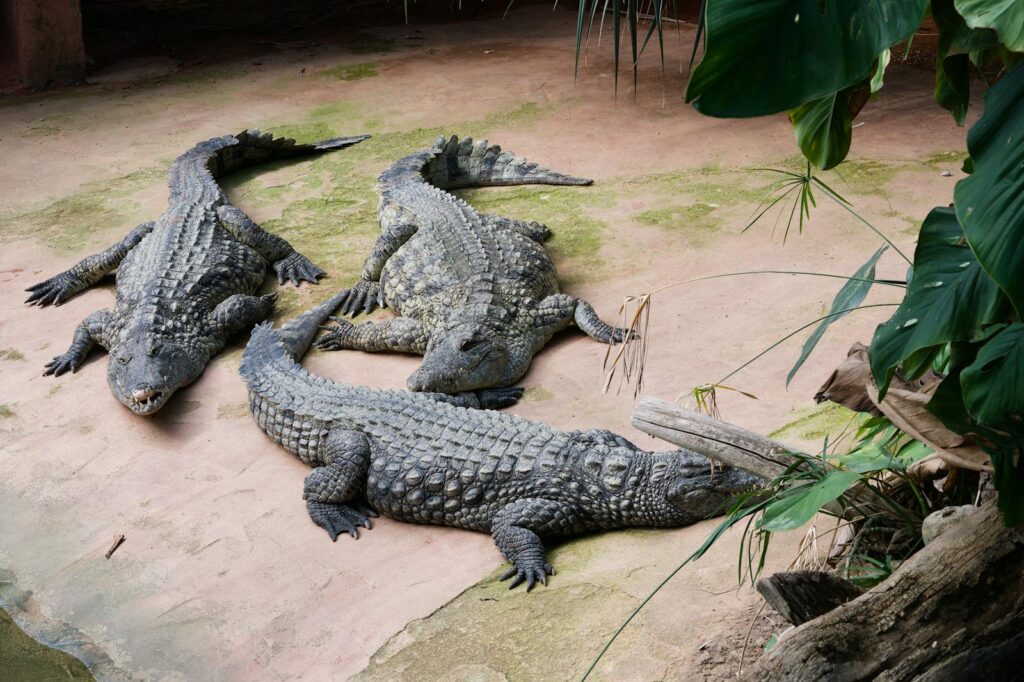
The crocodile’s remarkable bite force cements its position as an apex predator, playing a crucial ecological role in maintaining healthy aquatic ecosystems. As top predators, crocodiles help control populations of potential pest species and remove sick or weak individuals from prey populations, improving the overall genetic health of those species. Their feeding behavior also redistributes nutrients between aquatic and terrestrial ecosystems, particularly in environments like river systems and coastal mangroves. Despite their ecological importance, many crocodile species face significant conservation challenges due to habitat loss, pollution, and conflict with expanding human populations. Understanding and appreciating the specialized adaptations that make crocodiles such effective predators, including their extraordinary bite force, can help foster conservation efforts for these ancient animals that have survived virtually unchanged since the age of dinosaurs.
The crocodile’s bite represents one of nature’s most perfect predatory adaptations, combining specialized anatomy, powerful musculature, and refined sensory systems into a hunting apparatus of unparalleled effectiveness. Evolved over hundreds of millions of years, this extraordinary bite force has allowed crocodilians to survive multiple mass extinctions and thrive in aquatic environments worldwide. While the raw power of their bite justifiably captures our attention and respect, it’s important to recognize that this feature is just one part of a sophisticated predator that plays a vital ecological role. As we continue to study these remarkable animals, we gain not just a better understanding of their incredible physical capabilities, but also insights into evolutionary biomechanics that may inspire innovations in fields ranging from materials science to robotics.

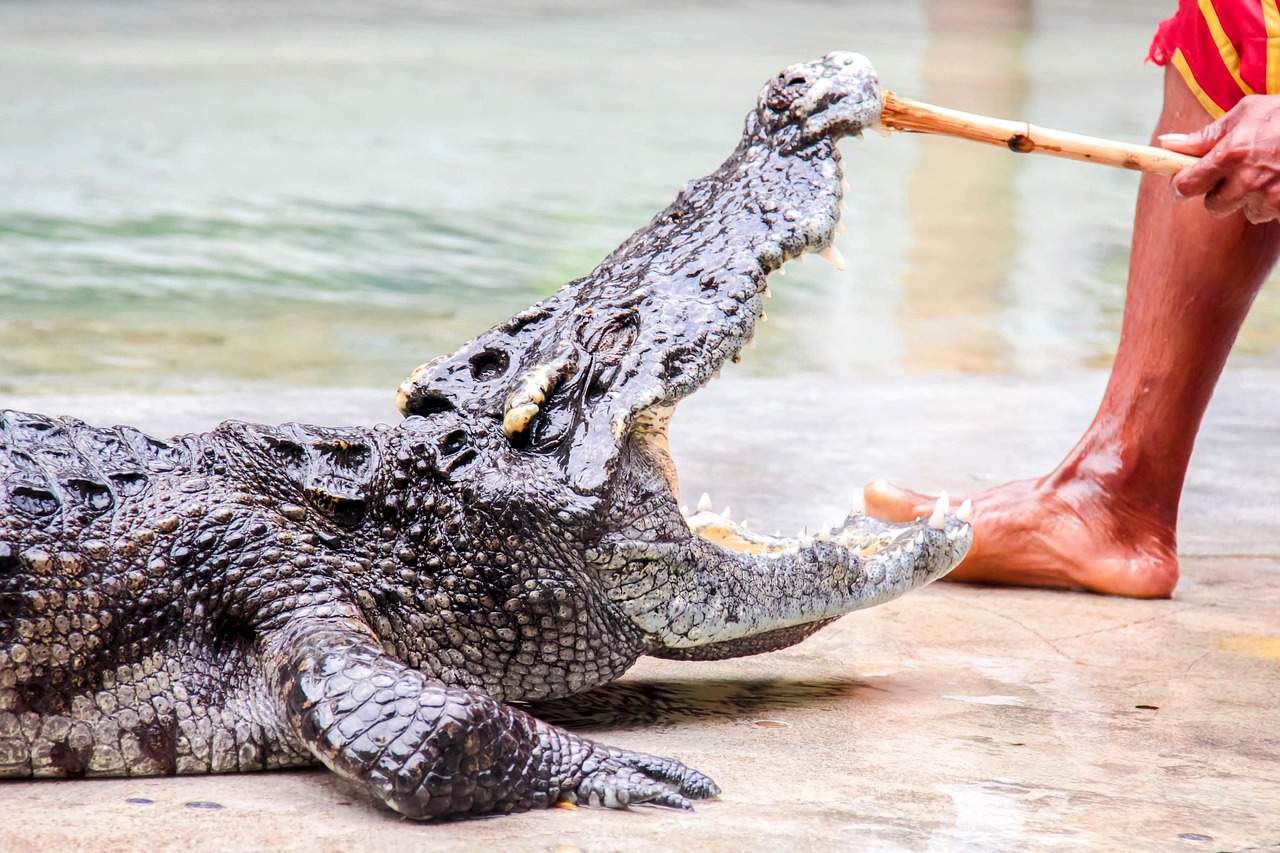

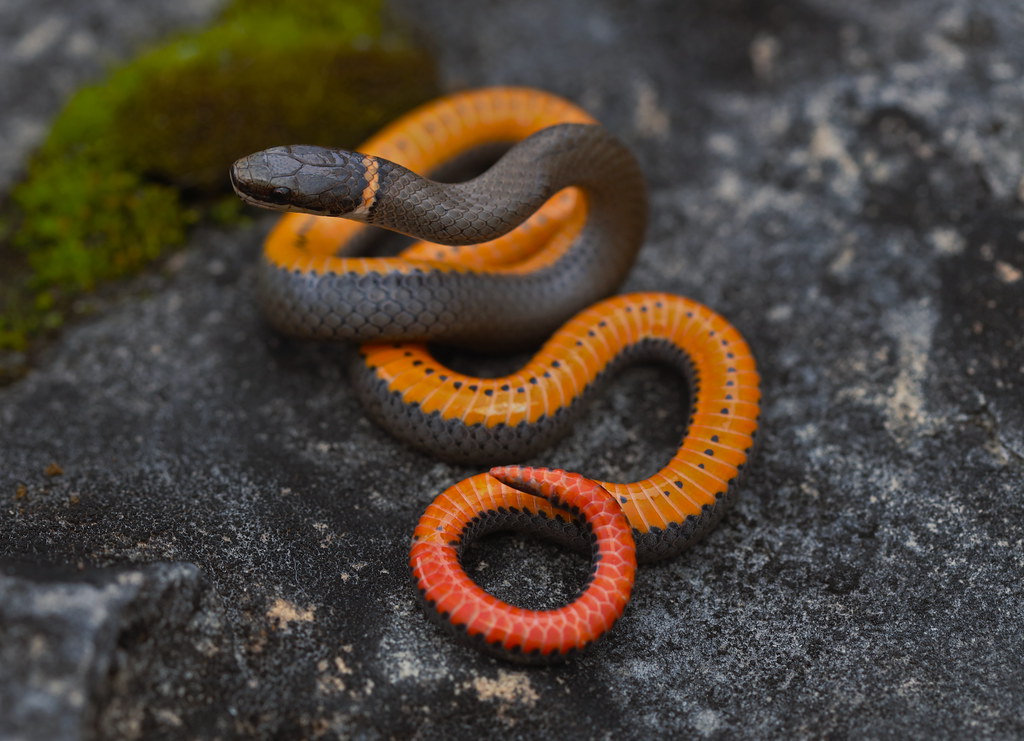
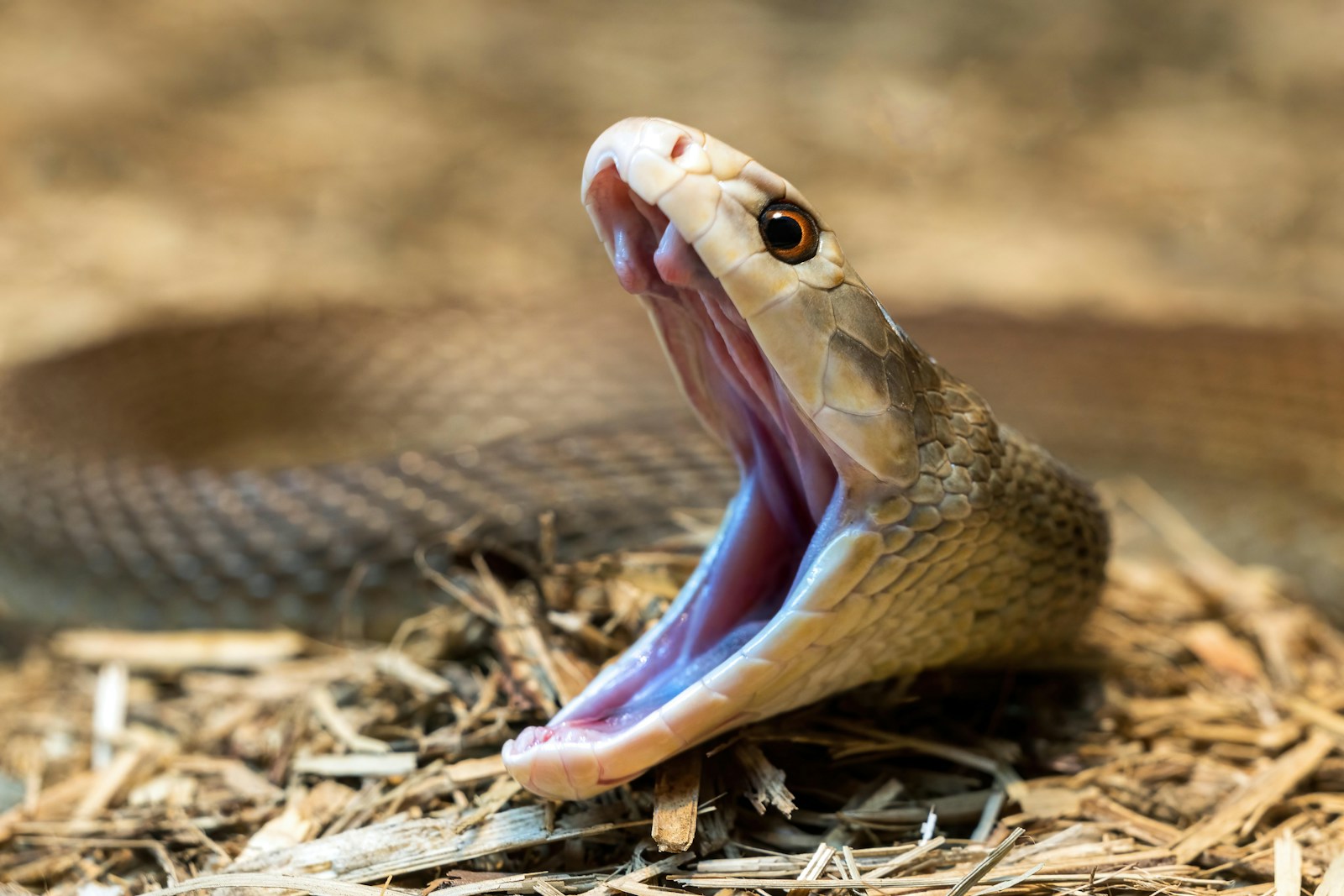
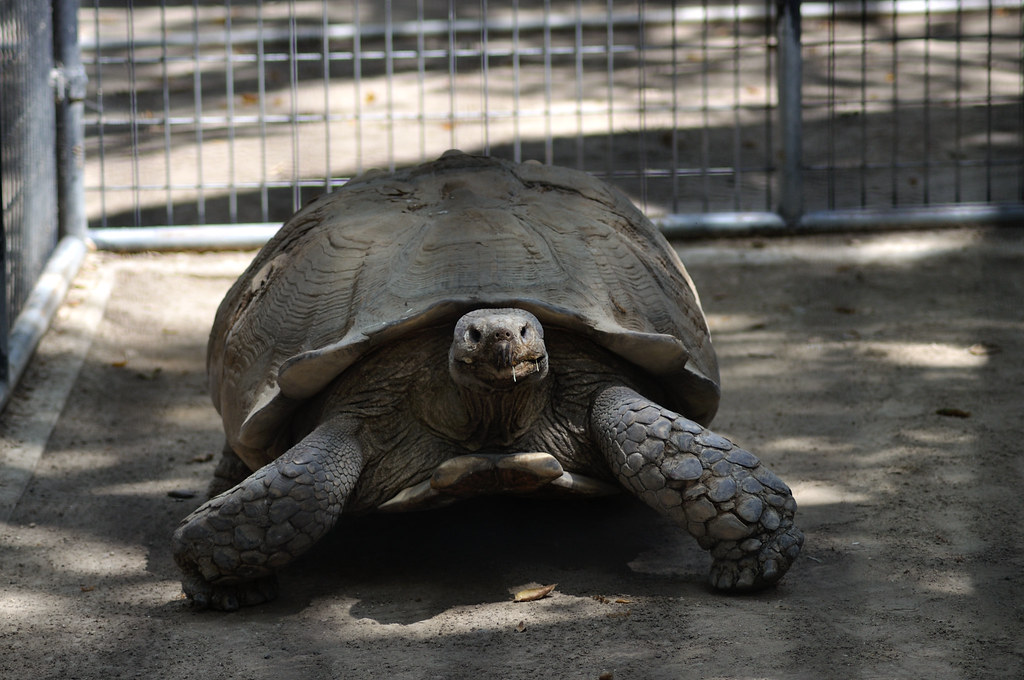
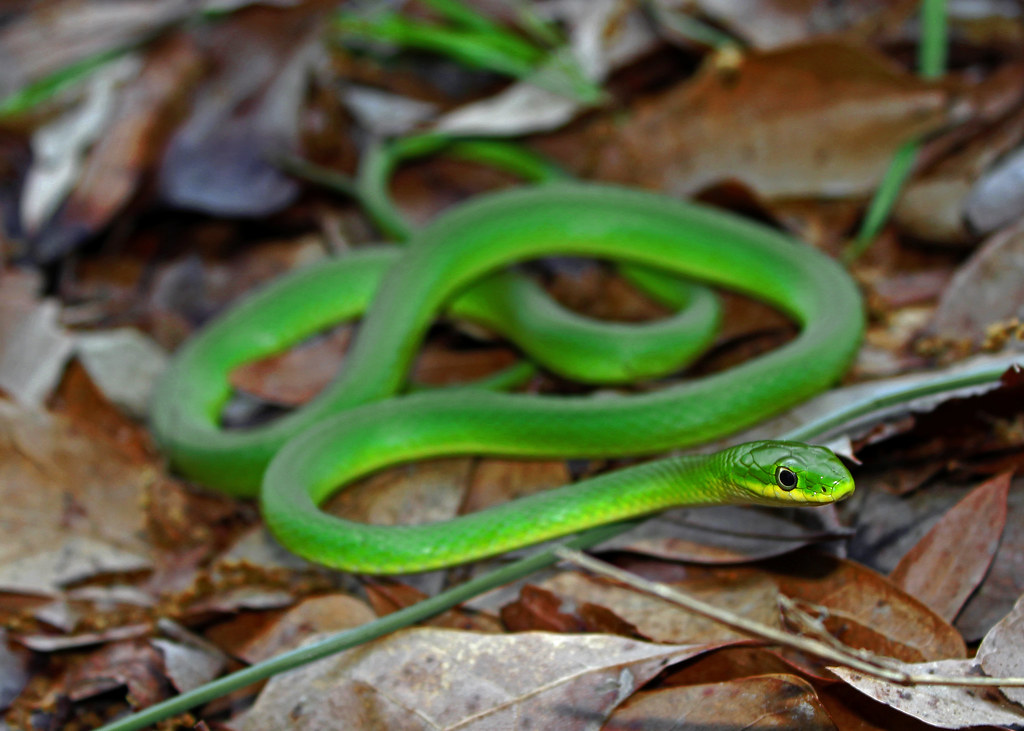
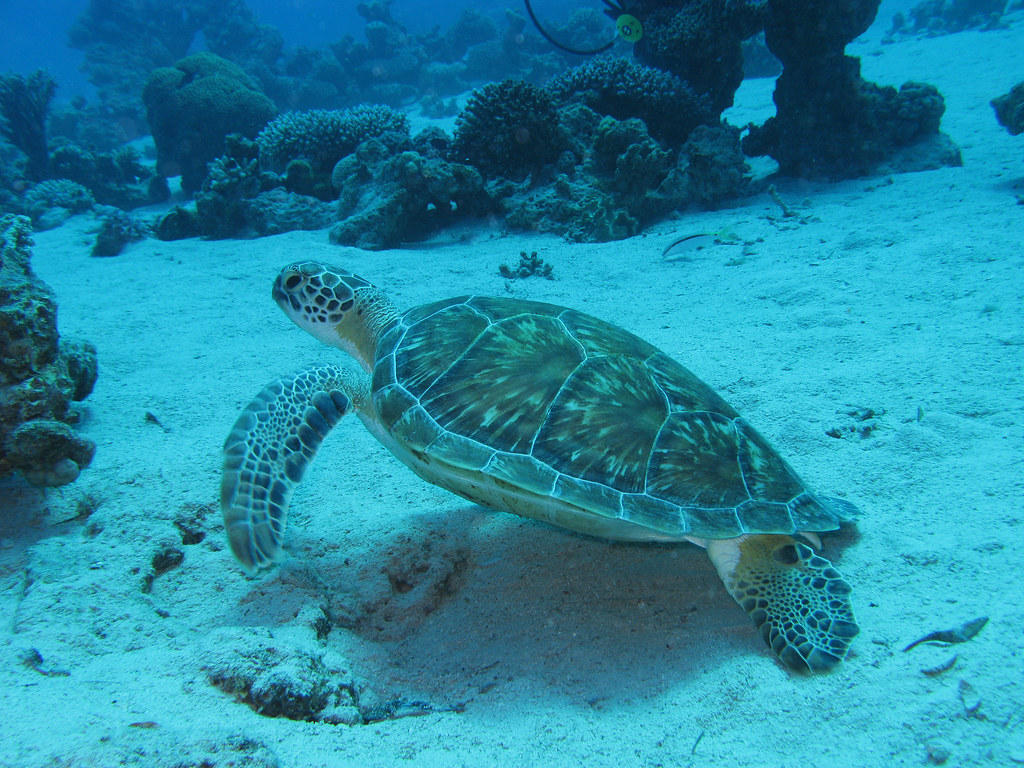
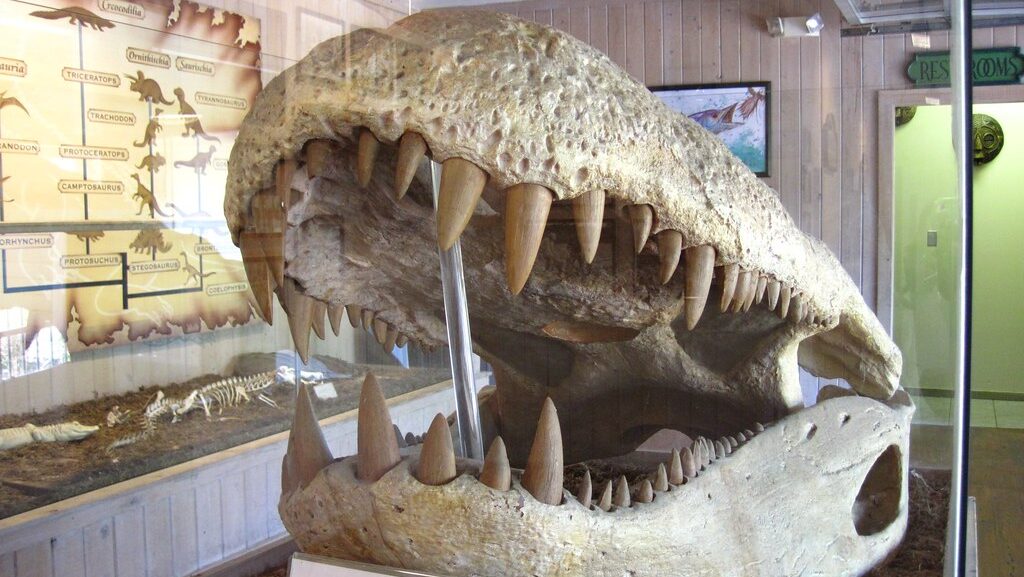
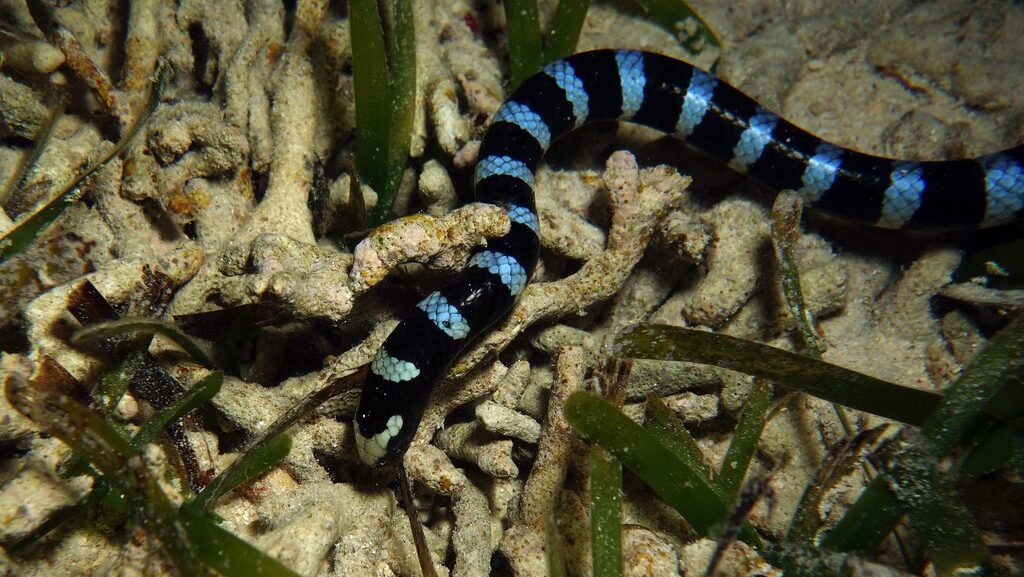
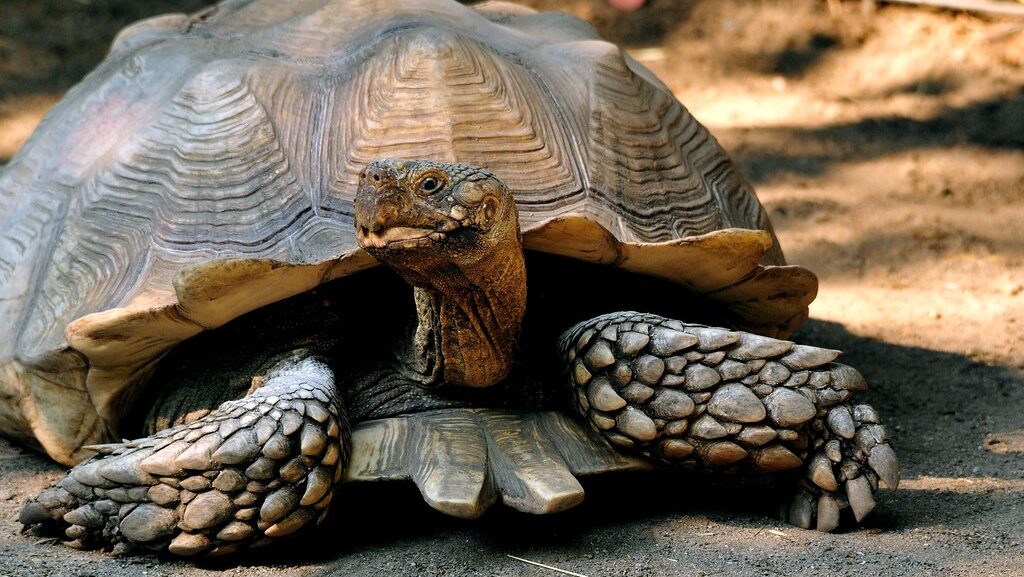
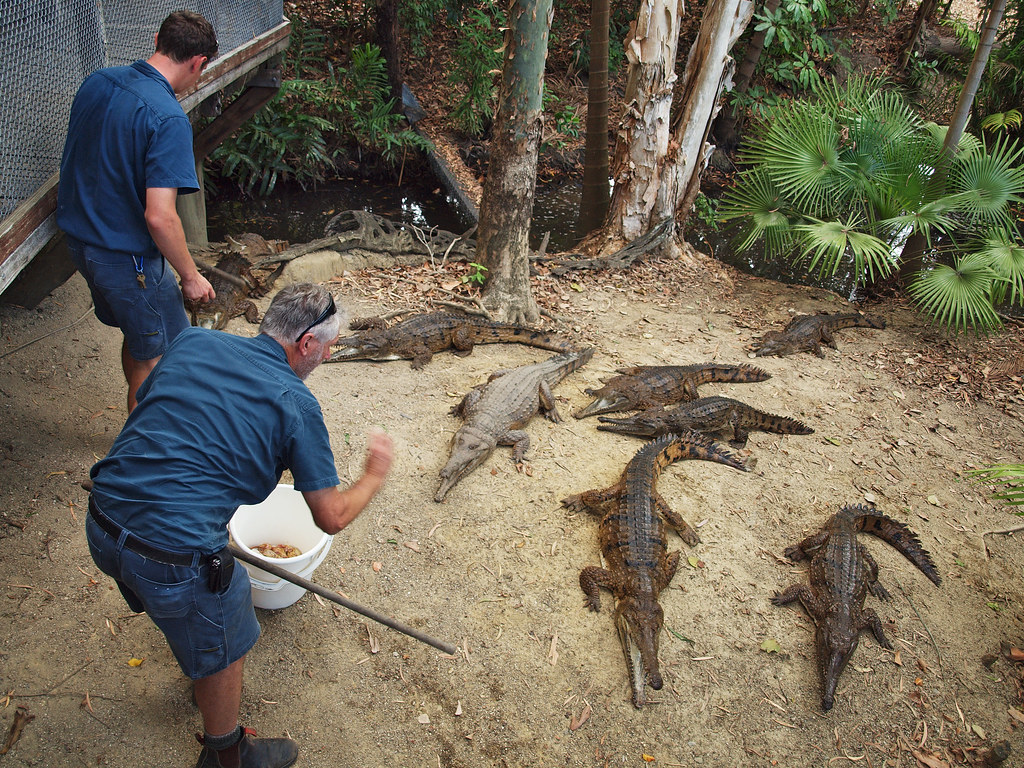



Leave a Reply